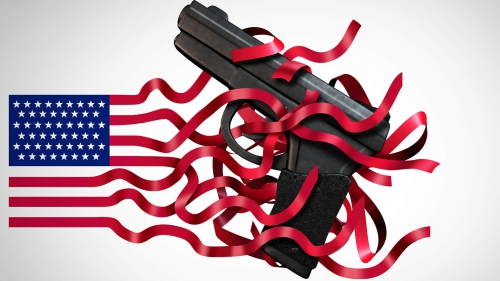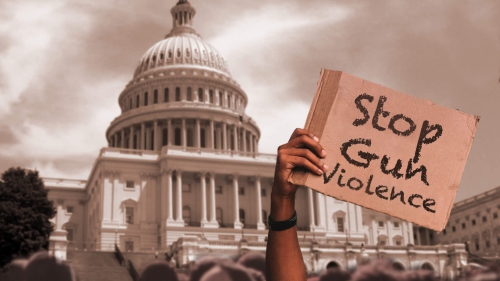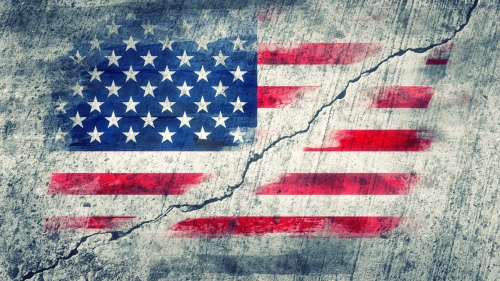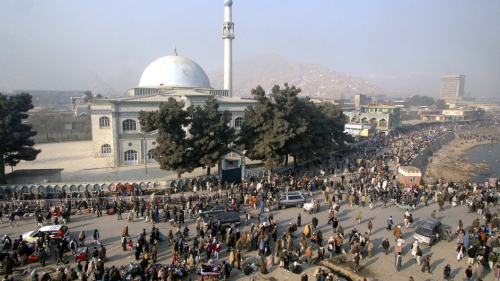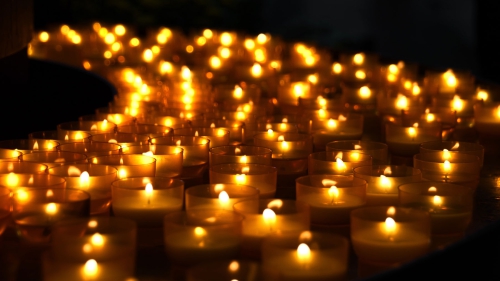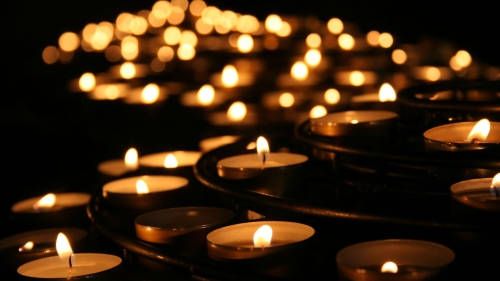Mass Murder and American History

“Screw your optics, I’m going in.”
This is bigger than hate, this latest mass shooting, last weekend, at the Tree of Life Synagogue in Pittsburgh, in which, oh my God, 11 more innocent souls died at the hands of a home-grown terrorist.
The president’s anti-immigrant tweets may have been in grotesque synchronicity with the killer’s: “Many Gang Members and some very bad people are mixed into the Caravan heading to our Southern Border. . . . This is an invasion of our Country and our Military is waiting for you!” And they no doubt fed the climate in which Robert Bowers acted, but this is bigger than Donald Trump. He may be the trigger, but the weapon has been ready and waiting for a long time.
Every mass shooting happens in a context, and every mass shooting cries out that we must examine the social infrastructure of dehumanization and violence.
“Yet this too needs to be contextualized as a current manifestation of the racist foundations of our country,” Rabbi Michael Lerner wrote the day after the murders, reminding us of such matters as slavery, Native American genocide and the wars of the last half century.
“This pattern of violence and demeaning of ‘the Other’ has become so deeply embedded in the culture of the U.S. that only a true consciousness transformation will undermine its prevalence in both major political parties.”
“Screw your optics, I’m going in.”
These are the words I can’t get out of my head — the killer’s final post on his social media platform before he took his guns and headed off to the Tree of Life Synagogue. This is war talk — or rather, the pretend war talk of a boy playing with guns . . . a boy who has become an adult and now has real guns and a “real” enemy — the immigrants swarming into our country, aided by the Jews — and he’s about to leap to glory and save his people.
Maybe the problem of American violence begins here, in the fantasy of armed rescue and armed salvation. In this fantasy mindset, the default plot device of ten thousand mediocre movies and TV shows, the only consequence of violence is that it eliminates the bad guy.
Boyhood is all about glory, but boys grow up and learn a deeper reality — unless they don’t. And American militarism requires that Americans stay in their early adolescence psychologically, making a shift not in their understanding of other people but only in the weapons used against them. Beyond the entertainment industry and the gaming industry is the Department of Defense, which sustains itself by recruiting children before they grow up and teaching them to hate — and kill — the Other. The United States Army actually has a website devoted to hooking kids as young as 13. It’s called America’s Army, a gaming website with the message that war is awesome.
As I wrote some years ago, the site is “the very essence of America’s own arrested development: We command the world’s largest arsenal and throw our weight around with an adolescent swagger. Neocons famously declared ‘high noon’ with Saddam Hussein. If militarists had to face long-term or even short-term accountability for the damage they wreak, war would be obsolete in an eye blink.”
And war always, always, always comes home. Indeed, its consciousness pervades the social order. It grabs a mind and won’t let it go.
And those who want to wage war on their own, without the inconvenience of having to follow someone else’s orders, are free not merely to define their own enemy but also to assemble their own stash of weapons and, when they are ready, “go in” and wreck some lives. This is America, where we have the freedom to kill one another.
And . . .
This is the clincher. We are not allowed, in any official way, to be aware of this. While we pour maybe as much as a trillion dollars a year into Things Military, the amount of money devoted to research into the causes of social violence is, by congressional edict, zero. This has been true since 1996, when Congress, at the intense urging of the NRA, passed the Dickey Amendment, which in essence cut off any federal funding for research into the causes of gun violence.
Specifically, this piece of legislation, part of the federal government’s 1996 omnibus spending bill, bans at the Centers for Disease Control and Prevention from using any federal money to conduct research that “may be used to advocate or promote gun control” — which is a built-in catch-22. Because research into gun violence is likely to reveal the need for gun control, the research cannot be federally funded.
As the New York Times pointed out: “The result is that 22 years and more than 600,000 gunshot victims later, much of the federal government has largely abandoned efforts to learn why people shoot one another, or themselves, and what can be done to prevent gun violence.”
And this is the context in which politicians peddle fear and war. Fear of immigrants is hardly new, hardly the invention of Trump. It has long been a component of American racism. As Trump threatens to dismantle the 14th Amendment and sign an executive order terminating birthright citizenship (an election ploy as the midterms grow nearer), we might want to reflect on good old Executive Order 9066, which Franklin Roosevelt signed in 1942 — and just like that, with a stroke of the pen, forced some 117,000 Japanese-Americans into concentration . . . excuse me, internment camps for the next three years.
We could also remember all the European Jews who were not allowed into the United States as they tried to flee Hitler, as we reflect on the nation’s moral shortcomings. This history, so lacking in official atonement, is available to anyone who wants to project blame on a specific Other. Indeed, there is no nationalism — white or otherwise — without an Other to fear and, every so often, kill.
“Screw your optics, I’m going in.”
The mass shootings will continue. We all know that. And we can’t undo our history. But we do have a choice: We can face it squarely and look beyond it, toward love, toward forgiveness, toward an understanding of our presumed enemies. When we do so, the hard part begins. We also start understanding ourselves.
Robert Koehler is an award-winning, Chicago-based journalist and nationally syndicated writer. His book, Courage Grows Strong at the Wound is available. Contact him at [email protected] or visit his website at commonwonders.com.
© 2018 TRIBUNE CONTENT AGENCY, INC.
Topics: Gun Control, Gun Violence, Mass Shootings, Terrorism
Views: 1106
Related Suggestions







